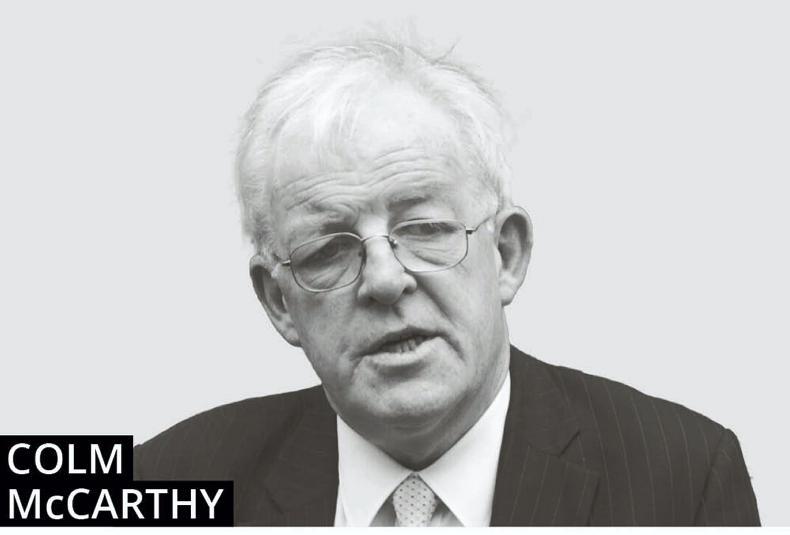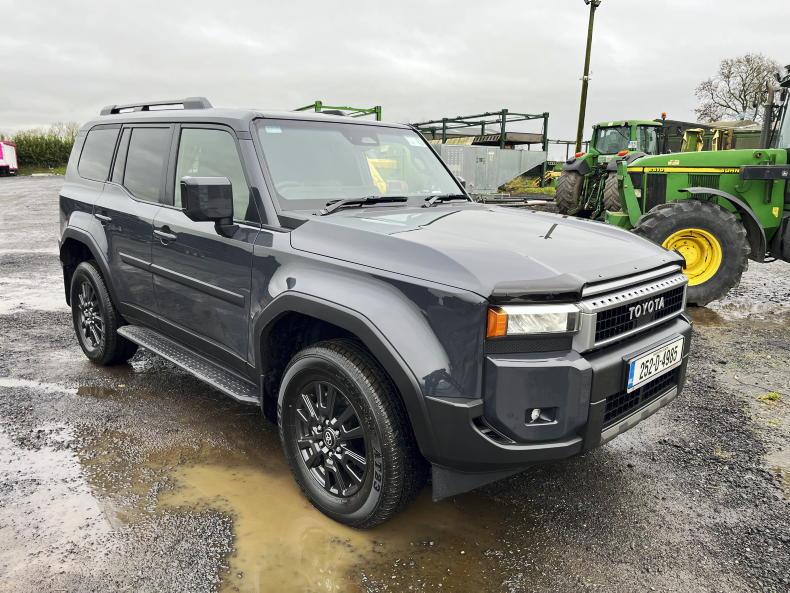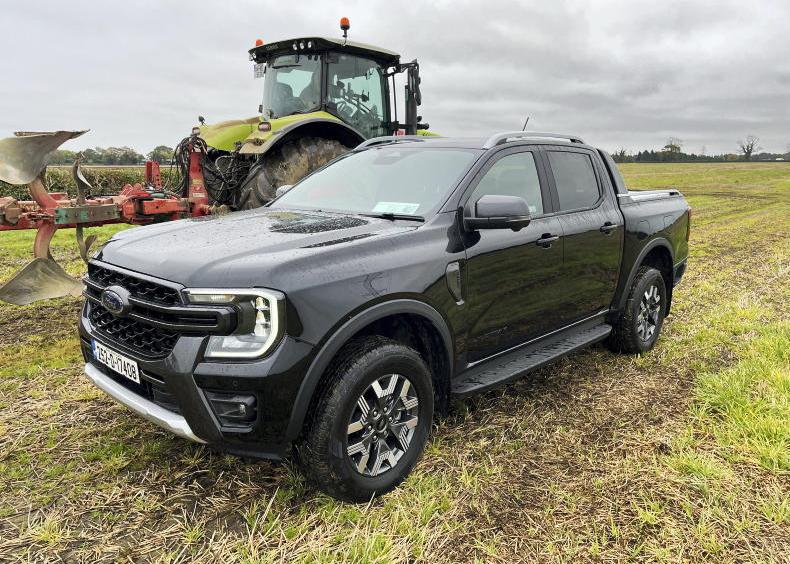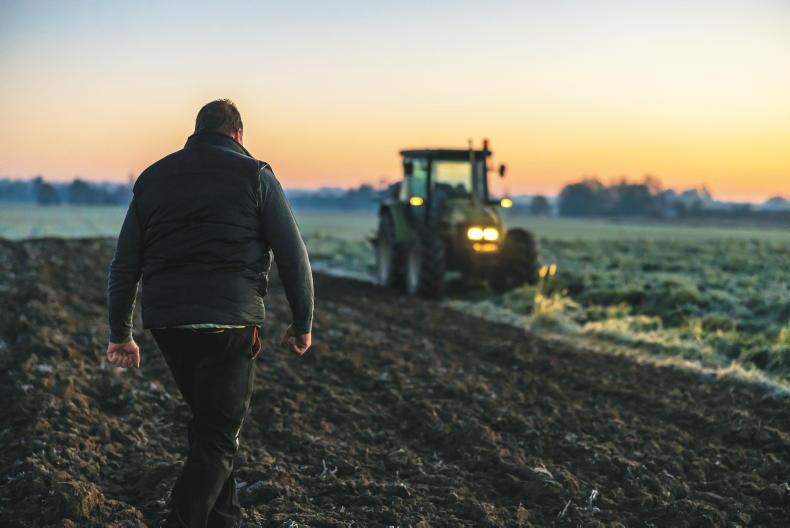Revenues from taxes on motoring come to around €6bn per annum, more than half in the form of fuel tax.
The rest is mainly taxes on purchase and the annual tax disc, with only a few hundred million coming from direct road tolls at 12 arbitrary locations around the country.
Since much of the vehicle fleet is to be electrified, fuel tax revenues will fall sharply and something’s got to give.
The most appealing long-term solution is direct charging for road use.
A possible replacement for fuel tax would be electronic road pricing for each kilometre travelled, with a surcharge on congested roads at peak times
The fuel tax is preferable to the purchase and annual taxes – it is connected to usage, and it is usage rather than ownership that creates emissions.
It also causes congestion and poor air quality in urban areas with damage to public health. A possible replacement for fuel tax would be electronic road pricing for each kilometre travelled, with a surcharge on congested roads at peak times.
The GPS technology being installed in new cars makes this possible and it is being actively considered in several European countries. Many environmental activists, and all economists, favour congestion charging but Green Party leader and transport minister Eamon Ryan does not.
The social costs of road use, according to multiple studies around the world, are higher in cities than in rural areas
Addressing Dublin city councillors on 6 September last, the minister likened congestion charges for the city to “…shooting rats in a barrel”, eschewing “fish in a barrel”, the more familiar usage.
The social costs of road use, according to multiple studies around the world, are higher in cities than in rural areas. More congestion is inflicted, without charge, on other vehicles including buses, and there are more people liable to suffer the degradation of air quality.
Electronic road pricing with congestion charging would collect more from urban than from rural dwellers.
Since rural dwellers in Ireland have higher car ownership rates than city folk, and travel more kilometres per annum, they would pay more if the new tax were just a flat rate per kilometre, but they pay more already courtesy of the fuel tax.
Everyone should face a carbon charge for emissions, but rural road users do not impose much congestion or damaging air pollution
Their share of the total would fall with congestion charging, and so it should since the uncharged externalities arise predominantly in cities.
Everyone should face a carbon charge for emissions, but rural road users do not impose much congestion or damaging air pollution. These externalities are better addressed with a congestion charge, which delivers other valuable benefits including a boost for buses, more economical users of scarce urban road space.
If Dublin politicians are opposed to congestion charging, representatives of the rural interest should take the opposite view, including the farm organisations.
Minister Ryan’s preference is for the diversion of car users to public transport, especially rail-based public transport, and he supported, at the NDP launch on Monday, several elaborate and uncosted schemes in Dublin and elsewhere.
Aside from cost, this is not a promising strategy. Ireland is a low-density country with low-density urban settlements, and there are unavoidable consequences for transport.
Only in the cities can public transport attract non-trivial volumes
The Central Statistics Office collects data on travel choices, and the figures shown are for 2019, the most recent “normal” year. The private car is the preferred mode everywhere but particularly in less densely populated rural Ireland. Only in the cities can public transport attract non-trivial volumes. Trying to augment public transport outside the cities, to tempt people out of cars, is choosing to play against the wind.
The prospects for alternative modes, especially cycling and walking, in Dublin, Cork and the other main cities, are far better.
Between 2014 and 2019, the car share in the dense areas fell from 71.3% to 61.7%, with only a small increase for rail (from 2.3% to 3.4%), a bigger shift to bus (from 6.3% to 8.6%) and the biggest for cycling and walking (17.3% to 22.4%).
In thinly populated areas the modal shifts were smaller but in the opposite direction, with increased reliance on cars.
Nationally, there were roughly three bus trips for every journey by rail.
Uphill struggle
In rural Ireland, and contrary to Minister Ryan’s view, the best strategy is to electrify the car fleet and accept that shifting large numbers out of cars, even into buses which are more cost-effective than rail, will be an uphill struggle.
In cities the prospects for public transport are enhanced through congestion charging. A flatter peak frees up road space for buses and enables quicker journeys and turnarounds, hence greater effective capacity from the existing fleet. For free, with no bill for new roads, no grand schemes for electrifying railways and a fairer way to replace the lost fuel tax revenue.









SHARING OPTIONS